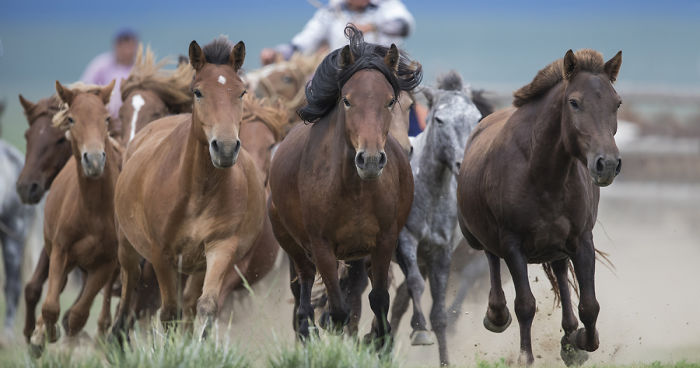
I Captured Horse Photos Showing Mongolia’s Unchanged Nomadic Culture
As I respecting and loving horses, as I am one of the Mongol horsemen who keeps our ancestors’ tradition of breeding this amazing creature, also as a photographer, I show you how Mongolian Horse Culture is living today in our daily lifestyle through my photoshoots.
More info: toursmongolia.com
Mongolian Horse Culture Through My Photo-shoots
Nowhere are horses more central to daily life than in Mongolia. Mongolia is known as the land of the horses, and Mongols have a reputation for being the best horsemen on Earth.
Horses In Our History
Mongolians have long and deep tradition or culture which relates to the horses. From the time of horse domestication to the 21st century, horses enriched the quality of life of the people on the Eurasian steppe, especially Mongol nomads.
Horses Played A Big Role In Mongolian Nomads’ Cultural Exchanges
They used to trading goods and exchanging information on horseback, connecting peoples and ideas along the ancient steppe routes, The Silk Road that is proved by various archaeological findings in today’s Mongolia as well as Eastern and Western historical records.
Mongol Cavalry Horses – Key To Their Military Success
The horses of Mongolia tend to be small but they are unimaginably strong, fast, have incredible stamina and well known as a good companion of the Mongol warriors during the Chinggis Khan’s conquests in 13th century.
Galloping Semi-Wild Horses of Mongolia
They never lived in a fence, grazing and galloping wildly on the open steppes, higher Mountains, Gobi desert and in the deep taiga. Nomads do not feed the horses with prepared hay, they migrate several times a year for the better pasture for the 5 domestic species and the horses are not catches until they are needed to for riding, milk and meat supply. So generally most horses in Mongolia are allowed to live in as wild.
Mongolian Horses Have Strong Stamina
They never had an unshod, and man-made layer in long harsh winters when it drops to – 40 Celsius degrees. Mongolian horses are bred to survive in harsh conditions and not the same as western breeds as fed by daily human prepared supply.
Mongolia’s Traditional Horse Breeding Method
Mongolian horses are not like a pet even they are tamed and trained by the traditional horse breeding method- the pastoral living of nomadic Mongols.
They are absolutely important resource of Mongolians livelihood, used as transportation, food resource, leather works and much more. So it is inconceivable that life can exist without horses in Mongolia.
Horses are worshiped and respected by steppe nomads as its spiritual power
It can be easily seen in today’s Mongolia, there are countless examples that related to the horses. From arts to sports, state emblem to simple nomadic lifestyle, an epic legends to modern popular songs and from horse racing to horseback riding tours.
Young men prowess is measured by horse skills
In early years, people ‘s power trick riding was popular, especially among the military. In such competitions the riders picked up pegs and flags from the ground at high speed, and jumped over hurdles, etc. Lasso throwers are much esteemed by the Mongols.
A skilful rider is defined by his ability to lasso an untamed horse from the herd. Along with the lasso, the Mongols often use a long stick with rope at its end, called uurga. Riding t high speed, they throw the rope over the horse’s neck and bring it to a halt. Horse lassoing or horse catching game is very popular among the youth.
Small kids are taught to ride before they walk
Due to Mongolia’s nomad culture, kids are start to taught horse riding in early ages. Their daily lifestyle teaches them from riding technique to human and horse relations. They living very close to animals on the open steppes and migrating several times a year. When the kids are 4 years old they started to train for horse racing, and being able to participate the racing at the age of 5. So it is one of the must have skills for nomad kids.
Horse Racing – The Big Part Of Horse Culture In Mongolia
Horse racing is organized in celebration of the national holidays and other events. Before starting the race riders sing an ancient song “Giingoo” the winner is honored with cup of Airag / mare’s milk/ which he drinks and sprinkles his head and mane of his horse. After the racing praise-singer extoll the winners and their horses.
5-10 year old jockeys are allowed to race between 10 and 26 km depending on horse age and this is old tradition.
Horse racing is typical sporting event in Mongolia even in the beginning of spring. Mongolia’s winter continues for about 5 months and this is spring time race which tells you how the Mongol horses living and racing in harsh weather.
A Mongol Man Is Not A Man Without His Horse
Horseback Archery Mongolia
The horses are raced with one another, and the archery is traditionally practiced from a standing position rather than mounted. There was much more to the Mongols’ success than being mounted archers. They were very well organized, in units that resemble modern military formations. They had more than horse archers such as lancers, heavy horse, etc…
Chinngis Khaan used the games to cultivate able warriors when he founded the Mongol Empire in 1206. Many of the warriors in his army were women who were skillful archers too. In the late 13th century, Khutulun, a Mongolian princess warrior reigned as the undefeated wrestling champ of the kingdom as well as she was an great warrior.
Sadly, for long historical periods, Mongolian traditional horseback archery was declined among the society, but after the revolution of 1921, Mounted archery and the associated skills were revived in Mongolia after independence in 1921 and are displayed at Naadam Festival and being popular among modern society of Mongols.
2Kviews
Share on Facebook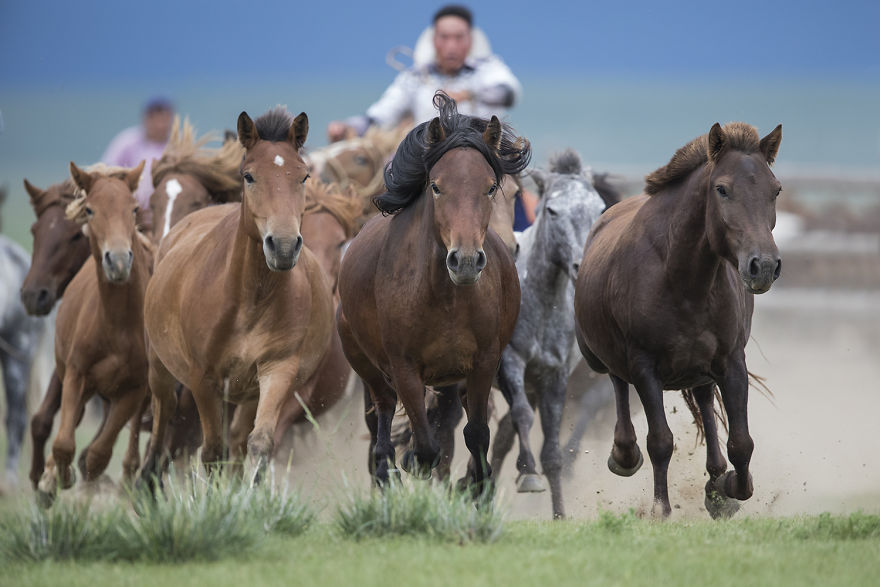
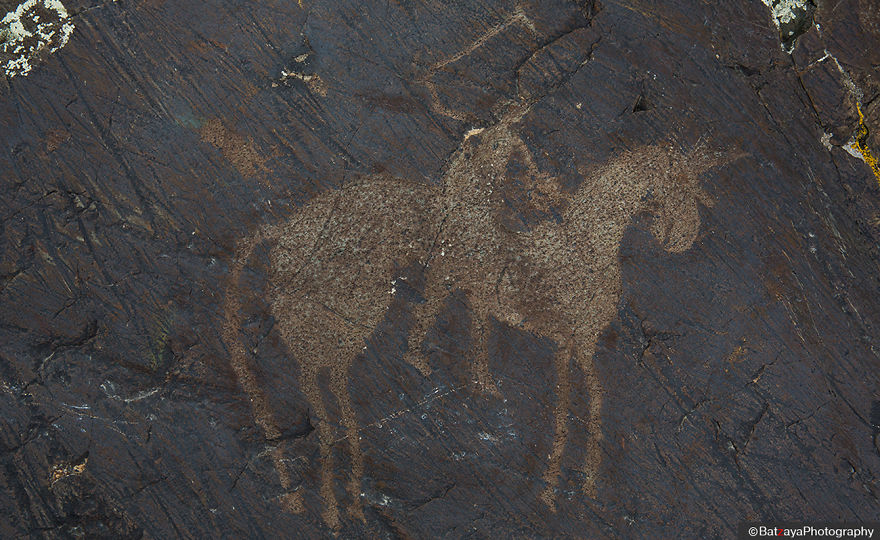
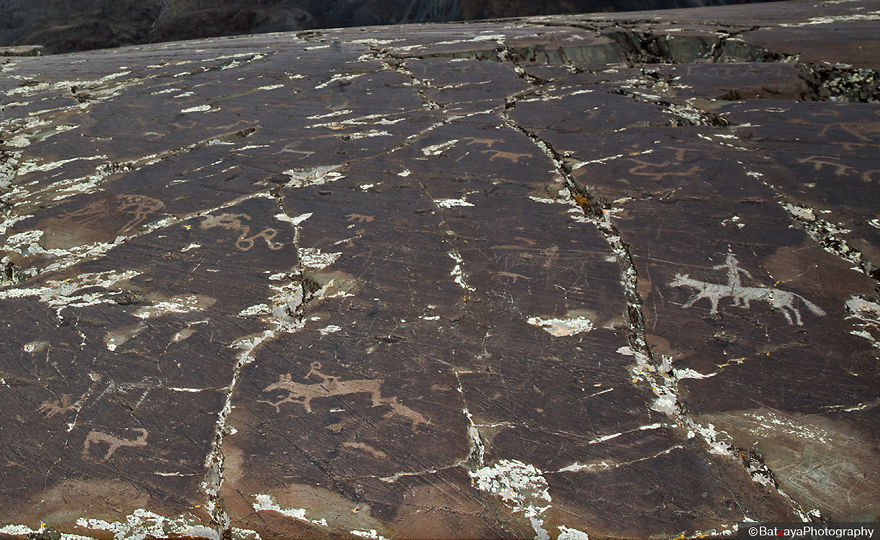
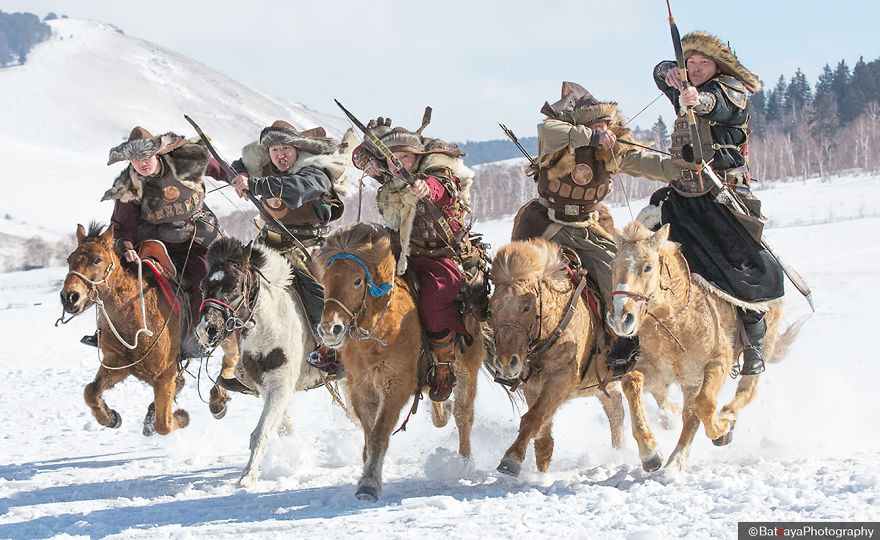
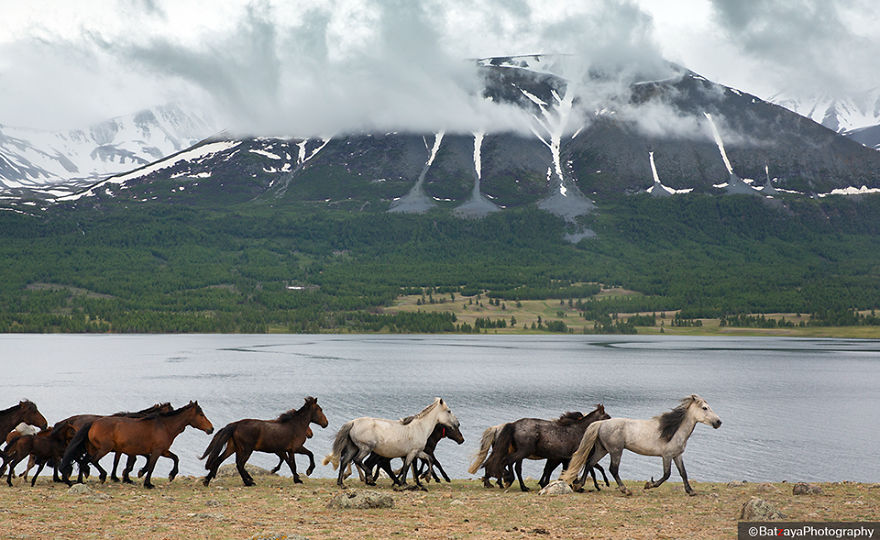
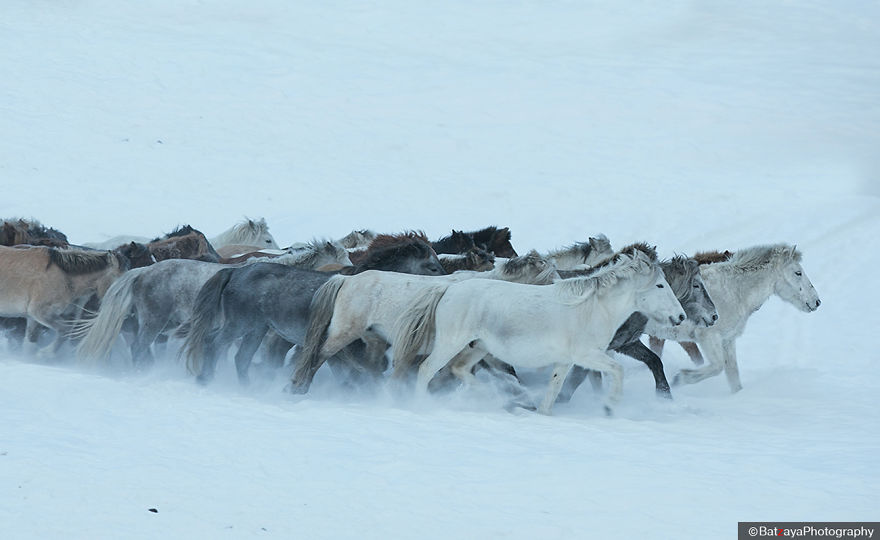
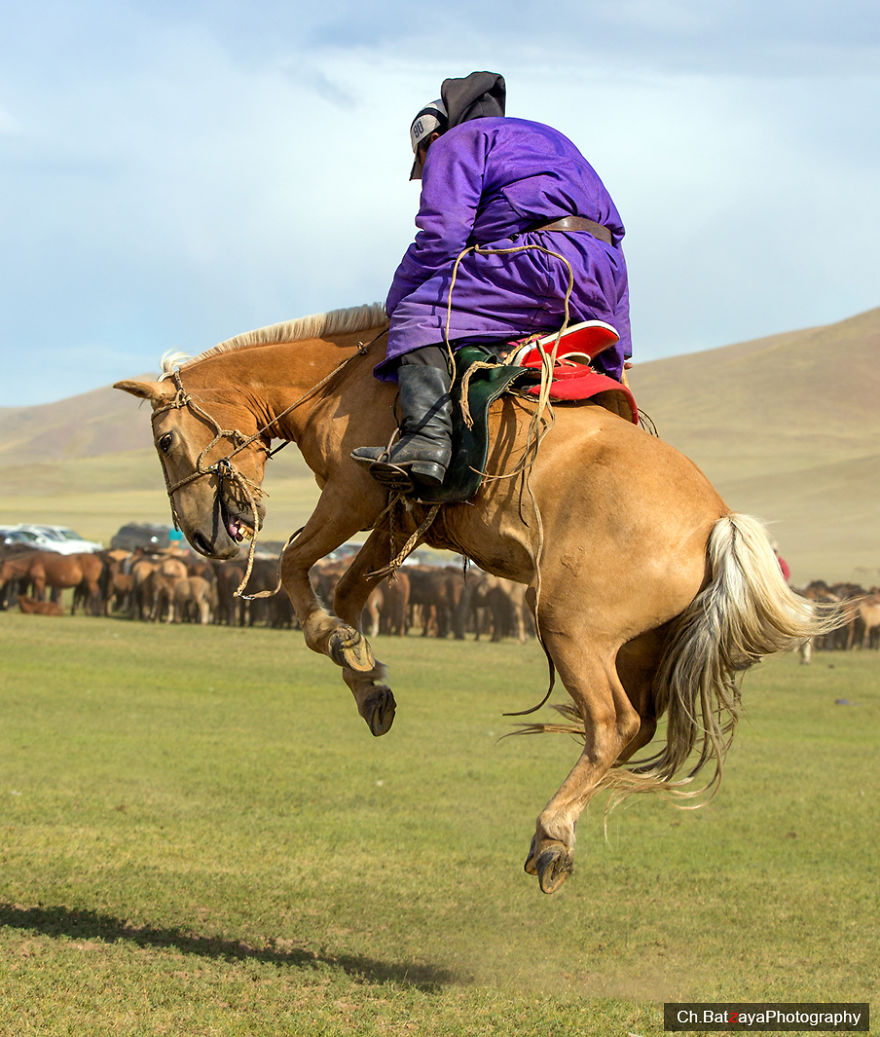
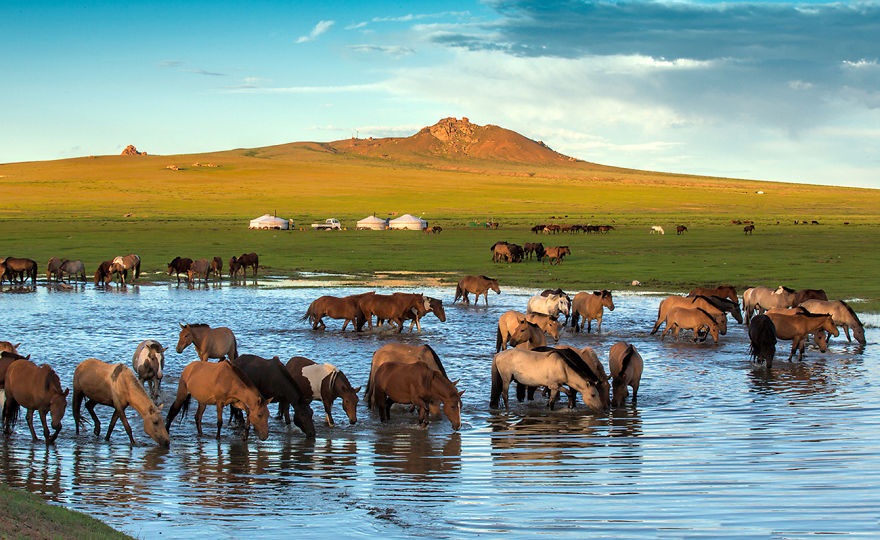
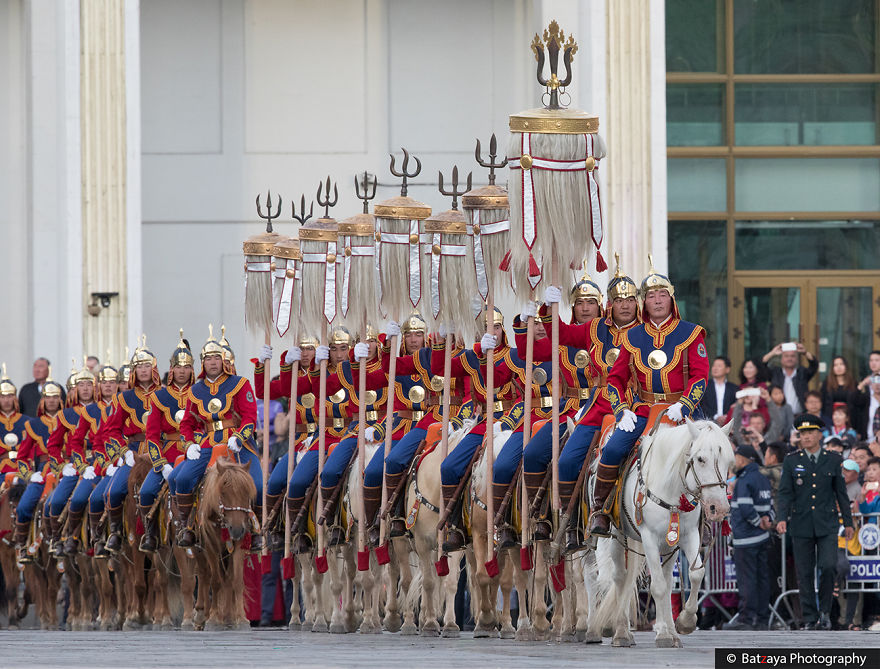
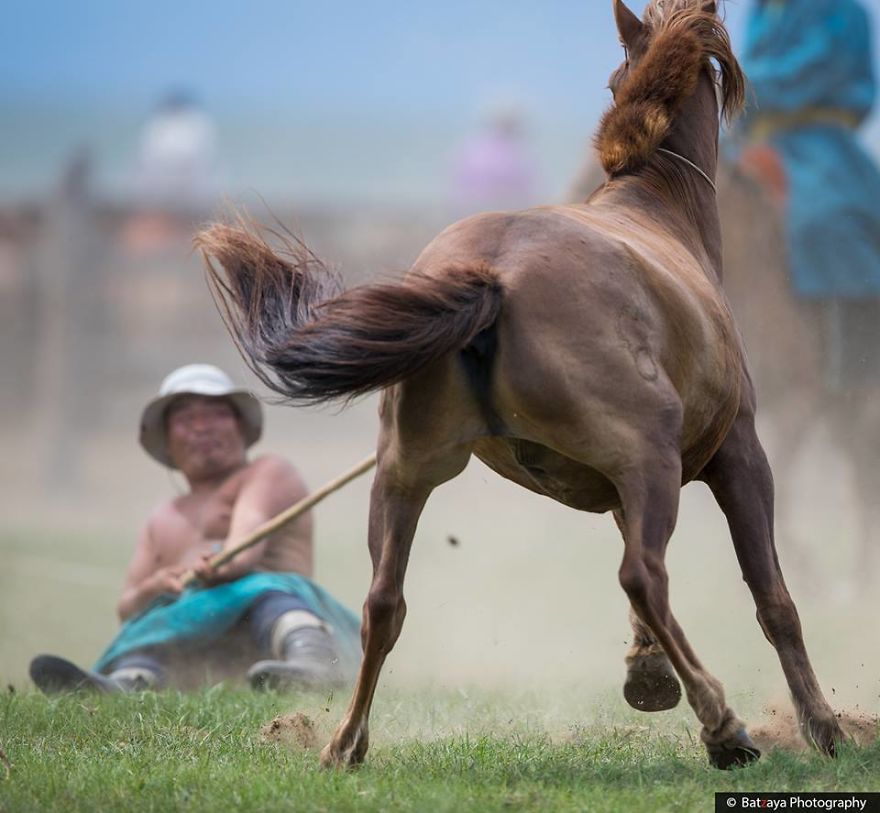
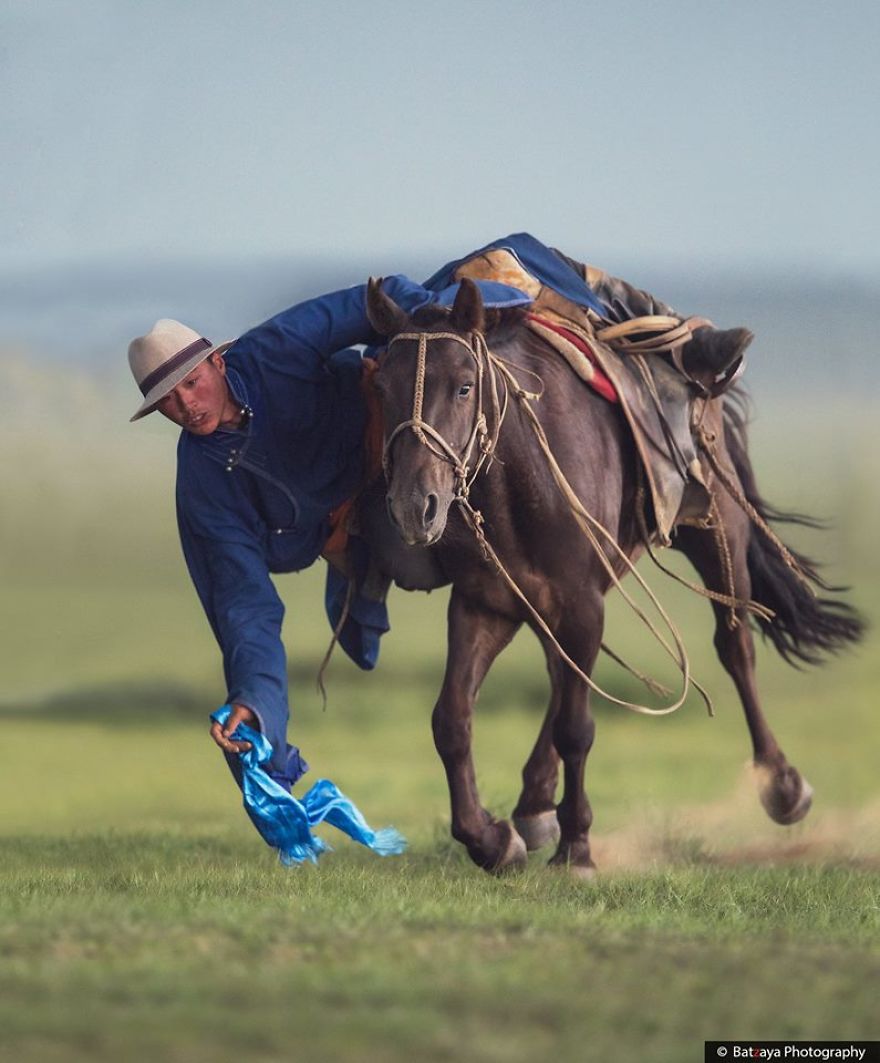
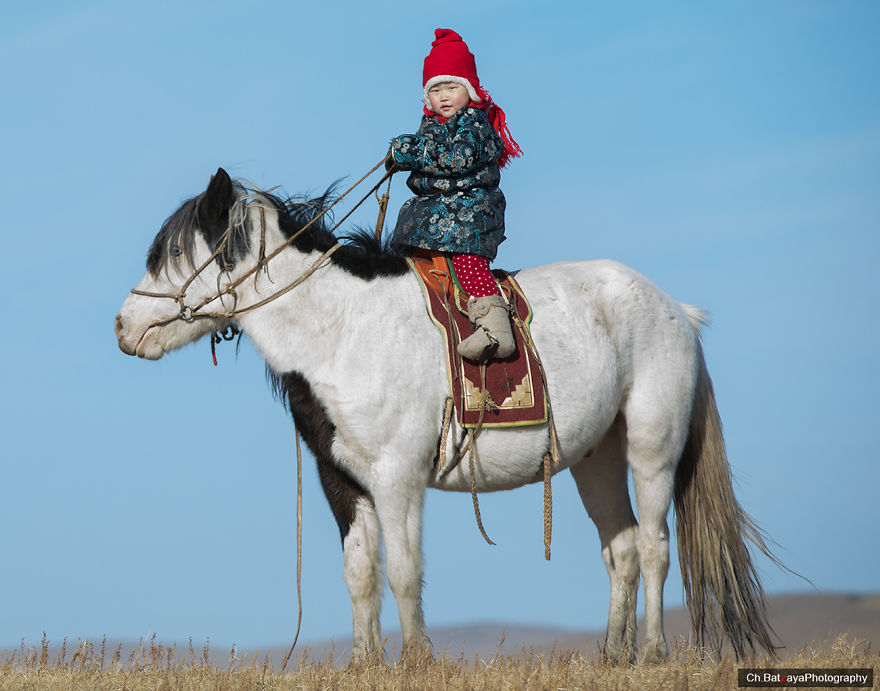
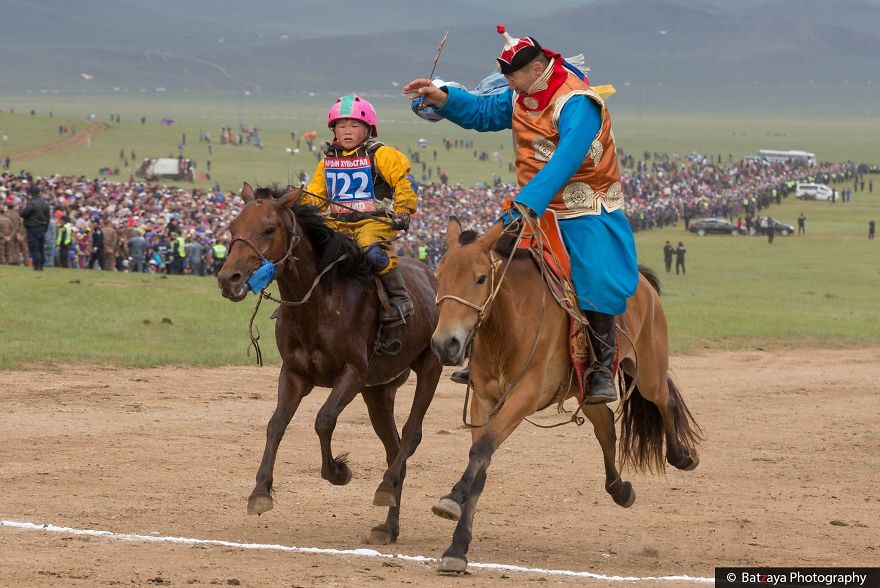
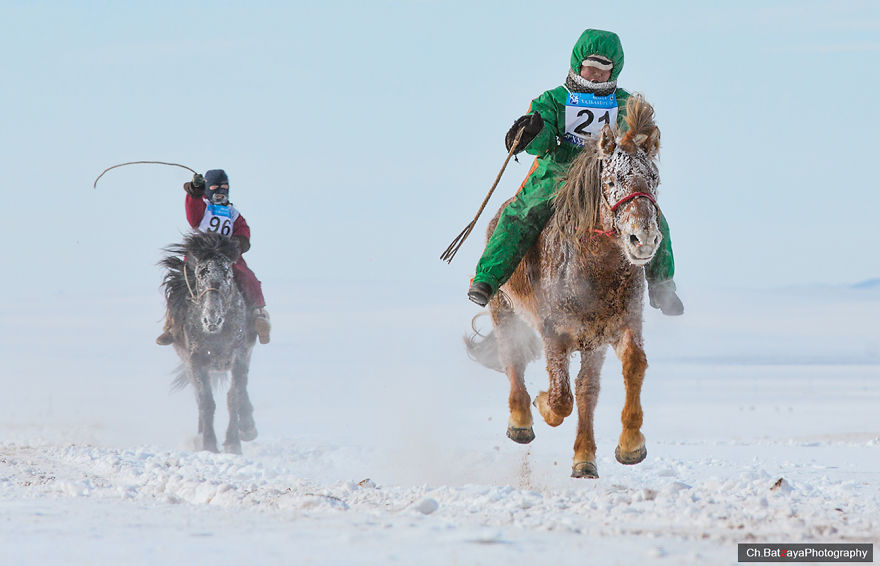
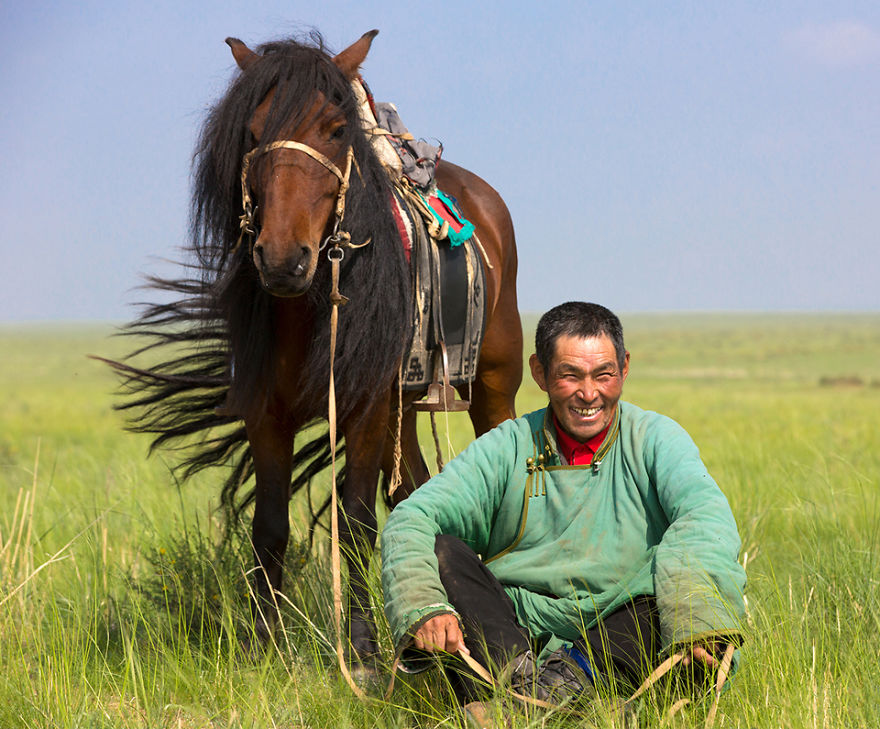
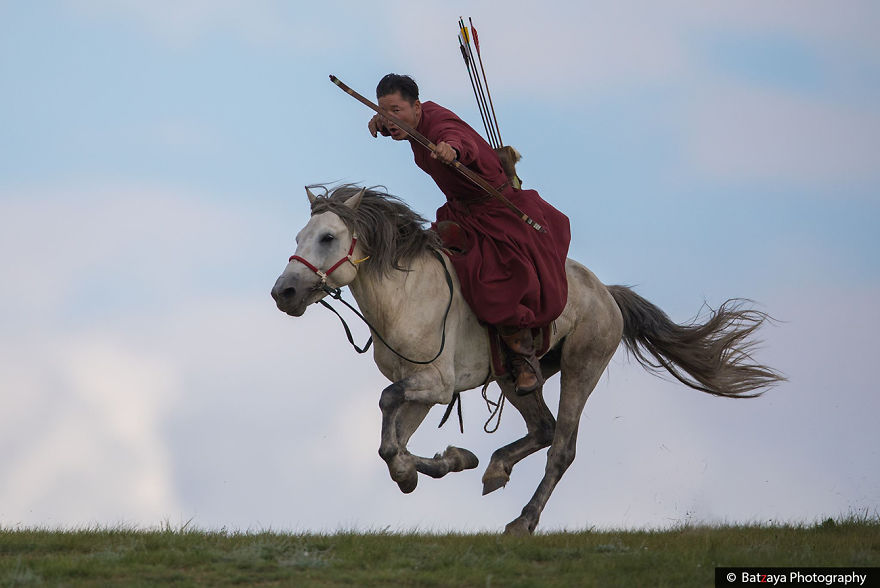
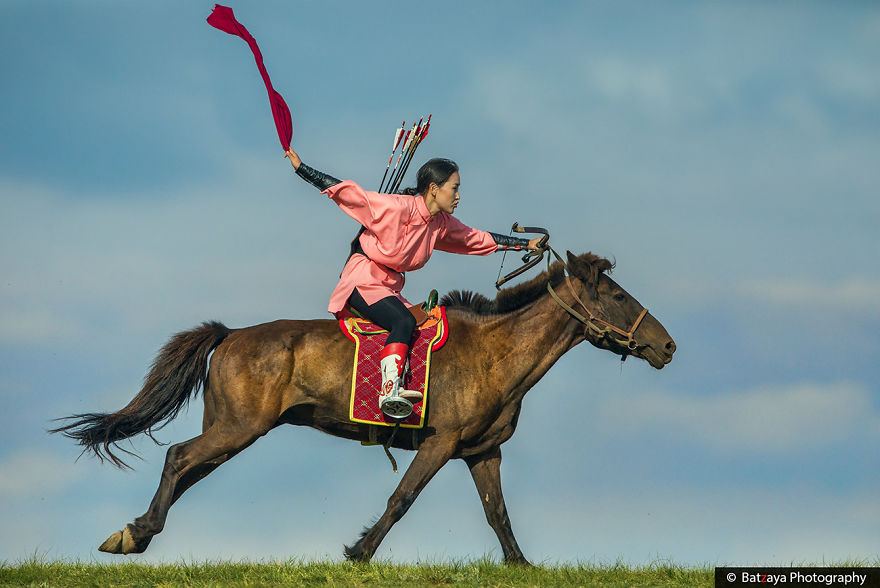
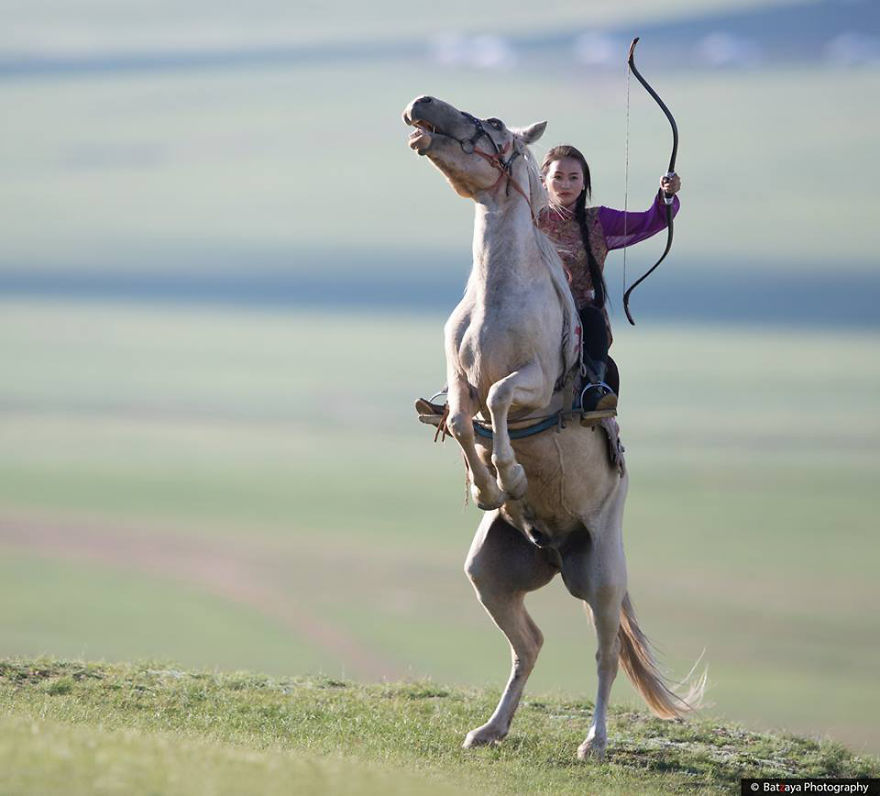
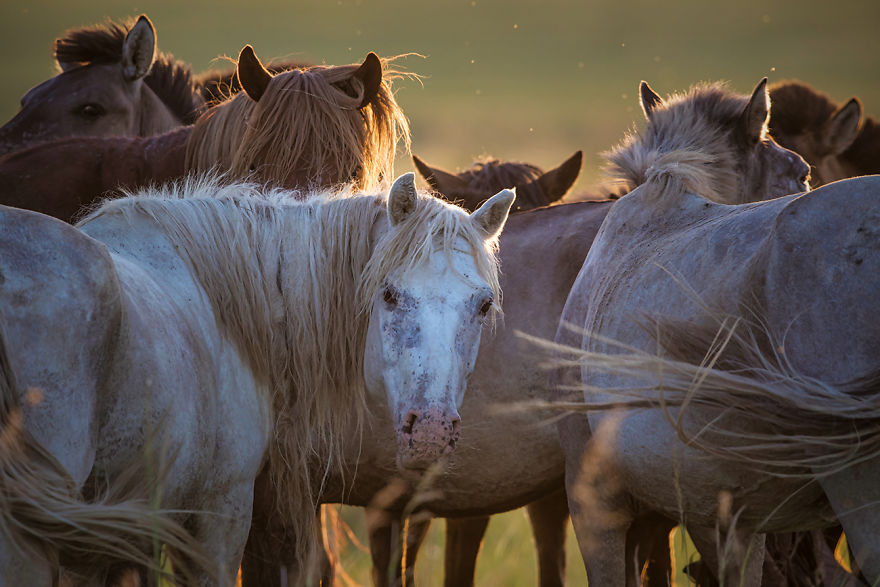



19
1